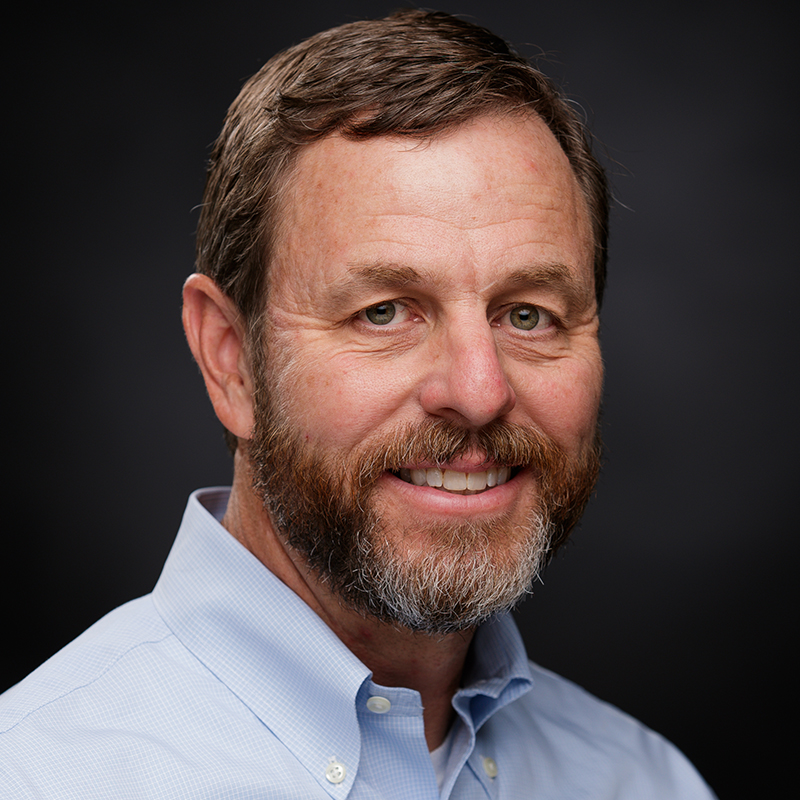Direction Over Perfection
Regenerating the land is achievable, but it is not a recipe. It starts with a belief that soil, water, plant, animal and human are all connected, meaning every decision must work with this natural rhythm and not in spite of it.
My wife, Debbie, and I have lived on the same plot of land for almost 20 years. Just north of town, our place sits on about 10 acres where we raised our family. Debbie’s mother owned the land before us for more than a decade. Our married life began with our wedding reception in what is now our backyard, and we continue to write our family history on this small plot of land.
The story of land rings true for so many families, specifically those in agriculture. A particular piece of land is often central to a family’s narrative. It can play a role in recreation, livelihood or even guiding purpose. It is a place to call their own, but really only for a moment.
The story of the land begins before we arrive and will continue long after we return to it. We don’t own it. We are merely caretakers for a season. Even as land is passed generation to generation, it eventually finds its way into other hands. One story ends. Another begins.
Our time with the land, then, becomes less about ownership and more about stewardship. We must write our chapter of the story while (hopefully) contemplating how it impacts the rest of book.
Noble Research Institute was founded on the principles of applying land stewardship and soil conservation so that land remains productive far into the future. Today must be carefully managed for tomorrow’s benefit.
Noble continues to extol these virtues and embed them in every organizational activity, including research, consultation and education. Our goal is to provide knowledge to and guide farmers and ranchers to bring millions of acres of grazing lands under intentional land stewardship in the next 10 years. We focus our energy on the largest land type in the United States: pasture and rangeland. At almost 655 million acres, our nation’s grazing lands impact available water quality and quality, can serve to sequester atmospheric carbon, and provide other benefits to society and humanity.
We will undoubtedly learn many lessons in the coming years, but we begin with this core understanding: soil health is the bedrock from which we will build. Farmers, ranchers, researchers and scientists have developed six principles of soil health that mark the starting line for every producer’s journey. They include:
- Know Your Context: Farmers and ranchers must know their individual situation, including their climate, geography, resources, skills and goals. Knowledge of the pre-civilization plant and animal communities is also beneficial. They need to understand how the ecosystem processes function on their land so that they can work with those processes. What works for one farmer or rancher may not work for another, because their contexts are different. Regenerative ranchers find what works for them while recognizing that their context is always changing. They are willing to learn, grow and adapt with their context.
- Cover the soil: Soil health cannot be built if the soil is uncovered or is moving. Using dedicated plants for grazing, cover crops and crop residue minimizes bare ground and builds soil organic matter. Plant cover further protects the soil from erosion and serves as a barrier between the sun and raw soil, preventing escalated soil temperatures that can destroy soil microbial life.
- Minimize soil disturbance: Mechanical soil disturbance, such as tillage, alters the structure of the soil and limits biological activity. Grazing, fire, and applications of fertilizer and other chemicals are also disturbances. “Minimize” does not mean eliminate; however, optimization of need, timing, frequency and duration of these activities is necessary to build and not degrade soil quality.
- Increase diversity: Increasing plant diversity creates an enabling environment and catalyst for a diverse underground community. In nature, we find grasses, legumes and forbs all working together in a native, diverse rangeland setting. The complex interactions of roots and other living organisms within the soil defines the soil’s water holding capacity, affects carbon sequestration and enables nutrient availability for plant productivity.
- Maintain continuous living plants/roots: A living root in the ground year-round is required to keep the soil biology processes working, no matter the season. Soil microbes use active carbon first, which comes from living roots. These roots provide food for beneficial microbes and spark beneficial relationships between these microbes and the plant.
- Integrate livestock: Research, practical application and common sense tell us the same thing: livestock are a necessity for healthy soils and ecosystems. The Great Plains evolved under the presence of animals and grazing pressure. Soil and plant health is improved by proper grazing, which recycles nutrients, reduces plant selectivity and increases plant diversity. As with any management practice, grazing is a tool that requires intentional application.
Our ultimate target is not just sustainable land but rejuvenated land. Regenerative agriculture is more than a possibility. We can leave the land healthier and more productive than we found it.
Within this edition of Legacy, you will read about Noble’s Land Stewardship Program and how we are applying concepts of intentional management, soil health, and research from the laboratory to the field. Our goal: assist producers to become regenerators. We are working with ranchers to implement practices, and they are seeing tangible results.
Regenerating the land is achievable, but it is not a recipe. It starts with a belief that soil, water, plant, animal and human are all connected, meaning every decision must work with this natural rhythm and not in spite of it. This is a complex process that requires dedication and a long-view. It has taken society generations to put our lands in their current state, and the road to renewal will require multi-generational resolve. Gains, in many instances, will seem incremental, but through time we can make a difference. As we say around here, direction over perfection.
We are responsible for the land for just a moment, so we must make every day count.
Sincerely,

Steve Rhines,
President and CEO



Comment